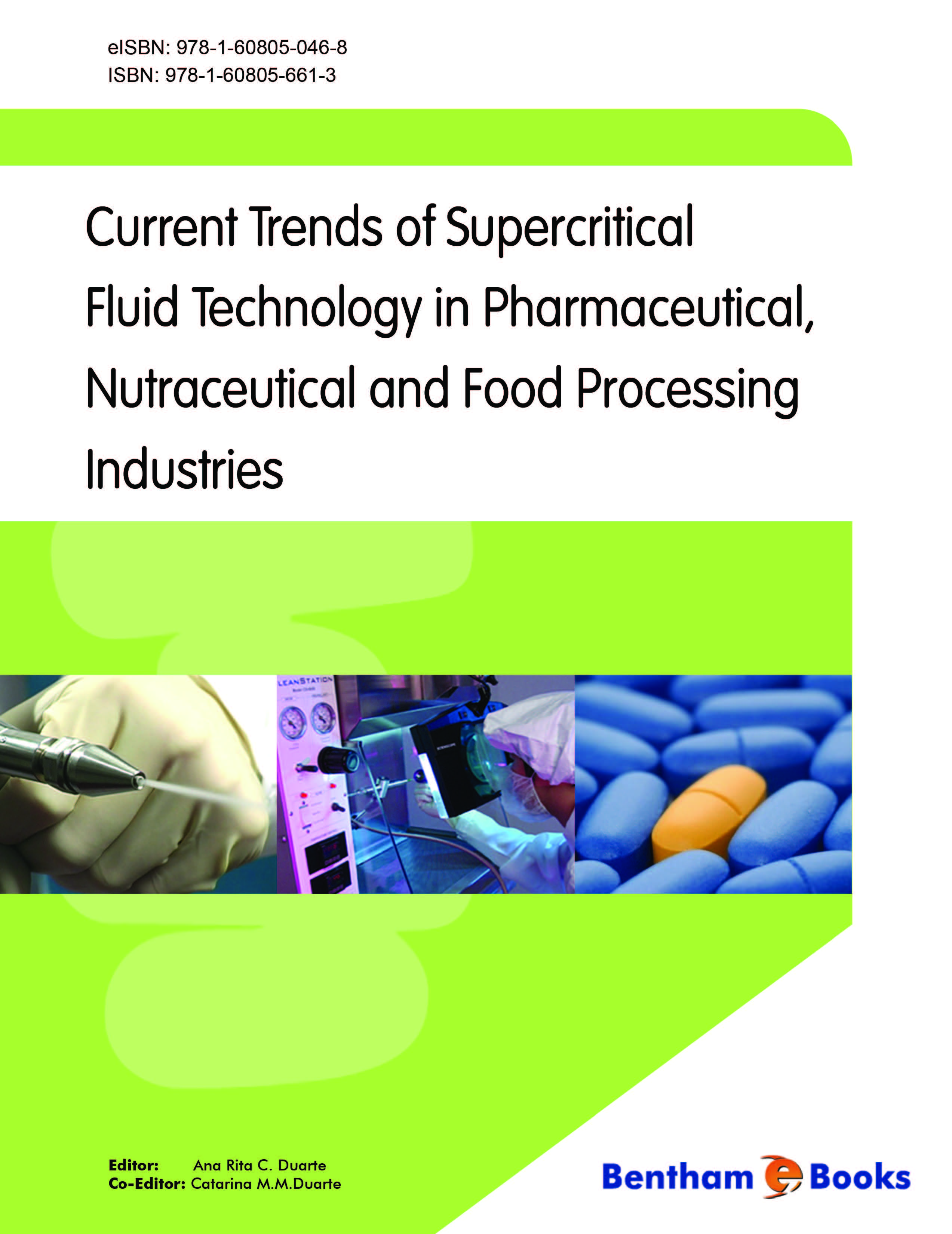Research into the domain of supercritical fluids (SCF) science and technology has been pursued actively for more than twenty years. The first world conference devoted to SCFs and their applications was organised by Michel Perrut, the founder and first president of the International Society for the Advancement of Supercritical Fluids (ISASF) in 1988 in Nice (France). Since then, 9 symposia in this series have been held and numerous others are organised all over the world, testifying to the vigour of this field.
Both fundamental and applied research have provided subjects for an exponentially increasing number of papers in specialised journals. However, quite curiously, textbooks devoted to this area remain rather scarce.
At first, the applications dealt essentially with extraction of natural products. But gradually several other domains appeared: material processing (both organic including polymers and inorganic), hydrothermal oxidation and synthesis, particle design, porous media, biomedical applications, chemical and enzymatic reactions, waste and biomass valorisation processes, new catalysts and hybrid materials, and many more.
Among the industrial sectors, pharmacy, cosmetics and agro-food appear to have a prominent place. Especially, particle formation (submicronic, monodisperse,…) and solid formulation (emulsions, coating, encapsulation,…) have attracted recent, innovative and promising developments.
This book updating the knowledge of supercritical fluid technology in pharmaceutical, nutraceutical and food processing is therefore particularly welcome.
At the university of Lisbon, at the beginning of the 21st century, a group headed by Catarina Duarte has specialised in nutraceuticals and related areas and became progressively one of the reference teams in this area. With the help of a former student of hers, Ana Rita Duarte, now working at the university of Minho, they took the excellent initiative to edit this new book. All the contributors of the 10 chapters are renowned specialists in their respective fields and these chapters encompass both the scientific and engineering issues.
There is little doubt that this book will rapidly become essential for both students and researchers willing to remain at the very front line of scientific progress in the fast moving area of supercritical fluid science and technology.
Jacques Fages
Professor
ISASF president
RAPSODEE research centre
Ecole des Mines
Albi, France

